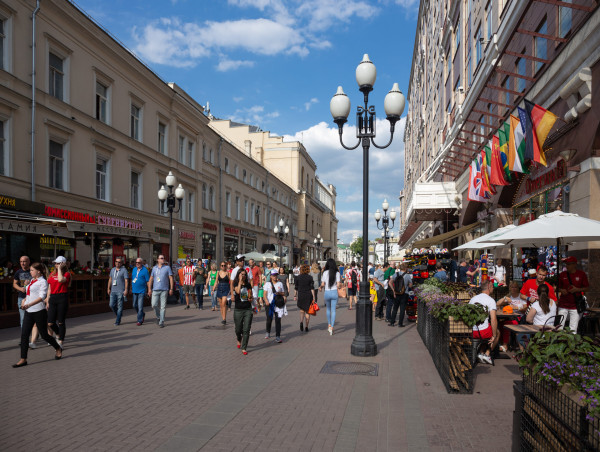The Russian ruble is back. After soaring to the year-to-date high of 102.01, the USD/RUB exchange rate has dropped to 90.37 while the GBP/RUB has fallen from 129.21 to 112.7. Similarly, the EUR/RUB exchange rate has retreated from 111.36 to 98.18.
The Russian economy is doing well
The Russian ruble and stocks have bounced back in the past few months. For example, the MOEX index, which tracks the biggest companies in Russia, surged to a high of RUB 212.36, the highest point on record. It has risen by over 182% from the lowest point this year.
The performance of the Russian ruble and the MOEX index is a reflection that the economy is doing modestly well in the new normal of increased Western sanctions. The unemployment rate has dropped to 3% while retail spending has jumped in the past few months.
Recent economic data shows that the country’s economy will do well this year. In a recent report, the International Monetary Fund (IMF) said that the economy will grow by 2.2% this year, up from the previous estimate of 1.5%.
The main reason for this growth is that Russia is investing heavily in its defense capability, with most plants working round the clock to support the fighters in Ukraine.
At the same time, sanctions by Western governments have failed. For example, the crude oil price cap has not worked, as Russia is selling most of its oil above the target price of $60. Russian urals are now trading at over $70, leading to more-than-expected revenues for the Kremlin.
Russia has done this in a number of ways. For one, it is selling most of its oil to countries in Asia like India and China. These firms are not a party to their Western counterparts. At the same time, Russia is using old tankers that are not tracked by Western countries to sell its oil.
Further, Russia has been able to use other means to get access to Western products, including semiconductors. It has done that by using proxies who buy them in other countries and ship them to the country.
Weaker US dollar index
The USD/RUB pair has also retreated because of the overall weaker US dollar index (DXY). The DXY index has pulled back sharply in the past few days as investors react to the latest US inflation data and the next actions of the Fed.
Most analysts believe that the Fed will now pause interest rates and then slash them in the coming months. Besides, inflation is falling while the labour market is softening. In such a period, investors tend to embrace a risk-on sentiment.
In addition, Russian authorities have placed numerous currency controls to prevent capital flight in the country. For example, western companies that exit Russia are now required to do so either in rubles or in foreign currency. Those who select the latter will face a longer and possibly loss-making process.
Taken together, Russia is slowly adopting to the new normal where it is not directly in a relationship with western countries. Along the way, it has partnered with countries like China, India, North Korea, and Iran.
Watch here: https://www.youtube.com/embed/rFhLfGgPp7E?feature=oembedUSD/RUB technical analysis

Turning to the daily chart, we see that the USD to RUB pair formed a double-top pattern at 102.015 this year. In technical analysis, this is one of the most popular bearish chart patterns in the market.
The pair has now moved below the double top’s neckline at 91.57, the lowest point in August. It has also moved below the lower side of the ascending channel, which is shown in red. Also, it moved below the 50-day and 100-day moving averages.
Therefore, the outlook for the USD/RUB pair is bearish, with the next level to watch being at 88. A move below that level will see it crash to 80.
The post USD/RUB, GBP/RUB: Here’s why the Russian ruble is finally back appeared first on Invezz






